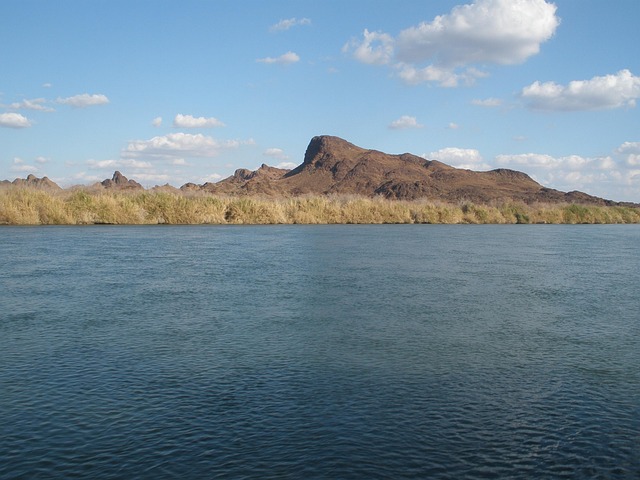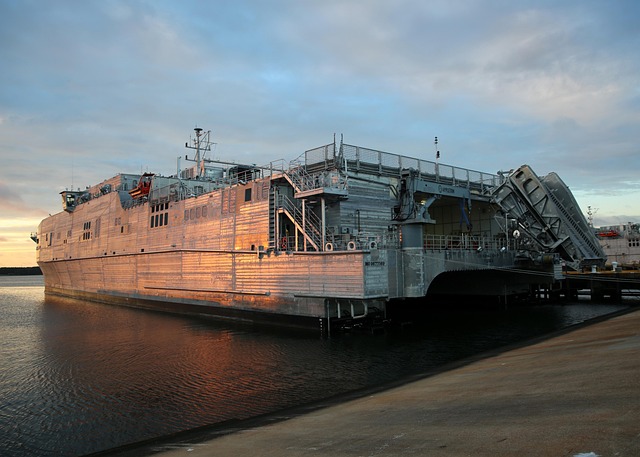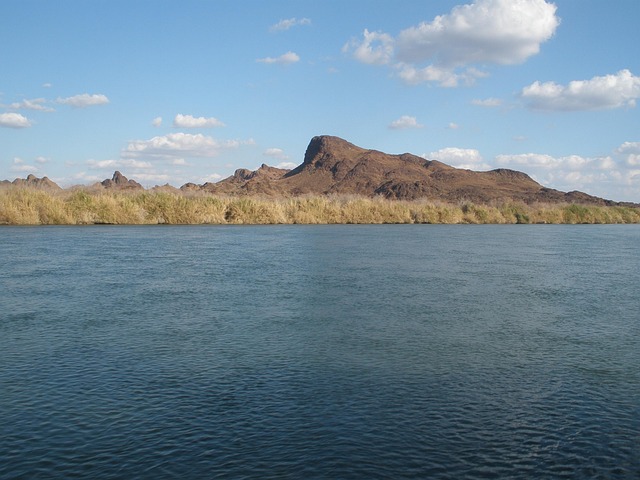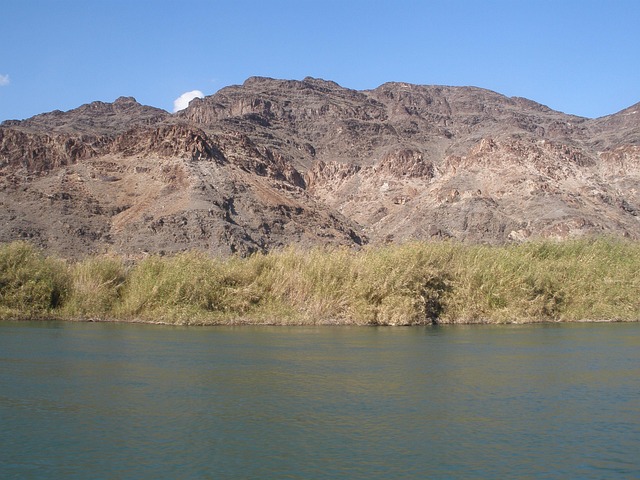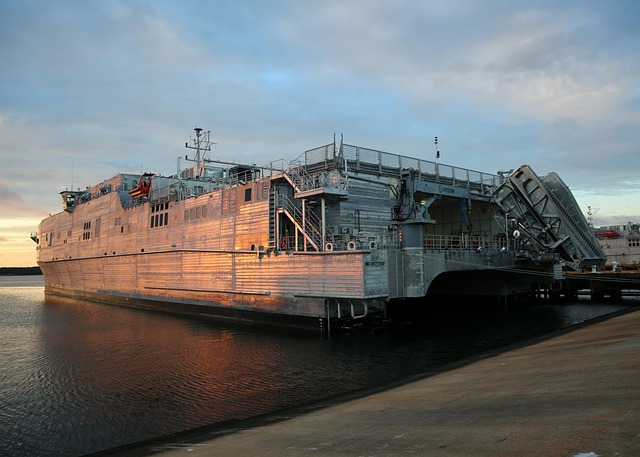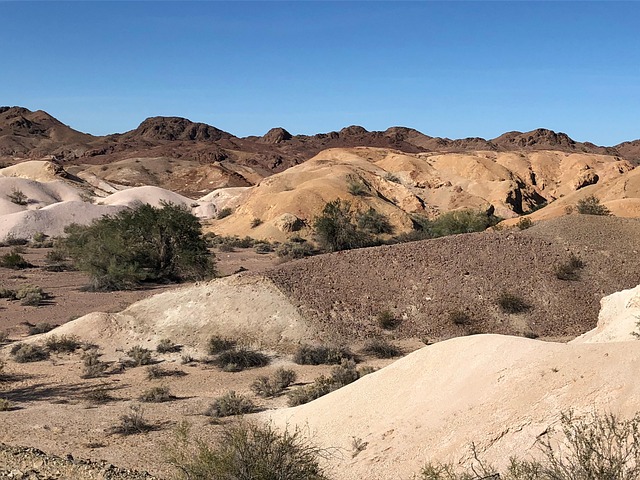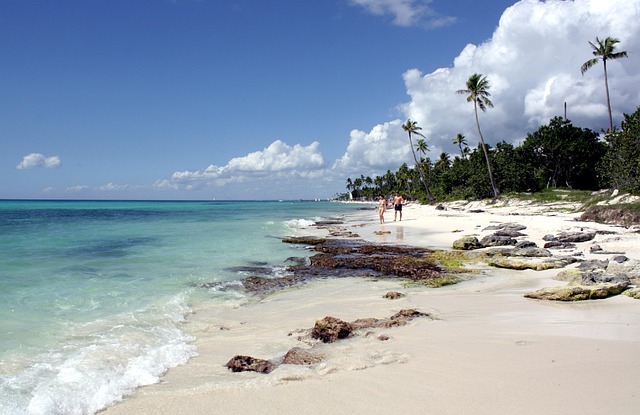Historic Colorado River crossings, serving as ancient trade routes and later key infrastructure, have profoundly influenced the region's real estate development. Today, properties near these sites thrive due to their historical significance, recreational value, and tourist appeal. Iconic bridges, both historic and modern, significantly boost local economies and property values by enhancing landscapes and fostering community identity. With advanced materials and smart technologies transforming these crossings into modern landmarks, they continue to drive economic growth in Colorado's real estate market, appealing to residents seeking a balance between convenience and natural beauty preservation.
Discover the captivating journey across the Colorado River, where historic crossings have played a pivotal role in Colorado’s real estate development. From ancient paths to modern marvels, these structural wonders not only facilitated travel but also significantly influenced local communities and land value. This article explores the historical significance of river crossings, showcases iconic bridges that remain landmarks today, and delves into contemporary innovations shaping the future of Colorado’s property market.
The Historical Significance of River Crossings in Colorado's Real Estate Development

The historic crossings along the Colorado River have played a pivotal role in shaping Colorado’s real estate development. These ancient routes, carved out by the river’s relentless flow, served as gateways that connected communities and facilitated trade and travel for centuries. As the West was settled, these river crossings became vital links in the region’s infrastructure, enabling the expansion of settlements and the establishment of thriving towns along its banks.
In the context of real estate, understanding the historical significance of these crossings offers valuable insights into the development patterns and growth of Colorado’s communities. The proximity to navigable waters has always been a desirable feature for settlers, as it facilitated transportation, agriculture, and commerce. Today, properties with direct access to river crossings often command premium prices due to their rich history and continued importance in recreational activities and tourism, showcasing the enduring impact of these natural features on the region’s real estate landscape.
Iconic Bridges and Their Impact on Local Communities and Land Value

Iconic bridges spanning majestic rivers have long served as more than mere passageways; they are symbols of progress and community. These structures, often meticulously designed, significantly impact local landscapes and real estate values. The presence of a historic bridge can enhance the aesthetic appeal of a town or city, drawing tourists and visitors who appreciate architectural marvels and natural beauty. This influx can stimulate local economies and create a vibrant atmosphere that makes communities more desirable places to live and work.
Moreover, iconic bridges often become defining features that shape the identity of a region. They connect neighborhoods, foster cultural exchange, and provide opportunities for community events and gatherings. In terms of real estate, properties overlooking these landmark bridges can command premium prices due to their enhanced aesthetics and strategic locations. This increased value not only benefits homeowners but also contributes to the overall economic well-being of local communities, creating a positive feedback loop that reinforces the importance of historic crossings in shaping both physical landscapes and economic fortunes.
Modern Innovations: How Contemporary Design Influences the Future of River Crossings in Colorado's Property Market

The historic crossings on the Colorado River have always been a cornerstone of navigation and trade, shaping the region’s development. Today, contemporary design innovations are reshaping the future of river crossings in Colorado’s real estate market. Architects and engineers are leveraging advanced materials, such as durable composites and innovative bridge structures, to create more efficient, sustainable, and aesthetically pleasing crossings. These modern designs not only enhance the functionality of river crossings but also add value to nearby properties, attracting buyers seeking proximity to scenic and well-designed amenities.
Furthermore, the integration of smart technologies is playing a significant role in future-proofing these crossings. Sensors, automated systems, and real-time monitoring capabilities are being incorporated into bridge designs, improving safety, traffic flow, and overall management. As Colorado’s property market continues to thrive, river crossings that incorporate these contemporary innovations will become increasingly desirable, driving the region’s economic growth and attracting a new generation of residents who value both modern convenience and the preservation of natural beauty.
